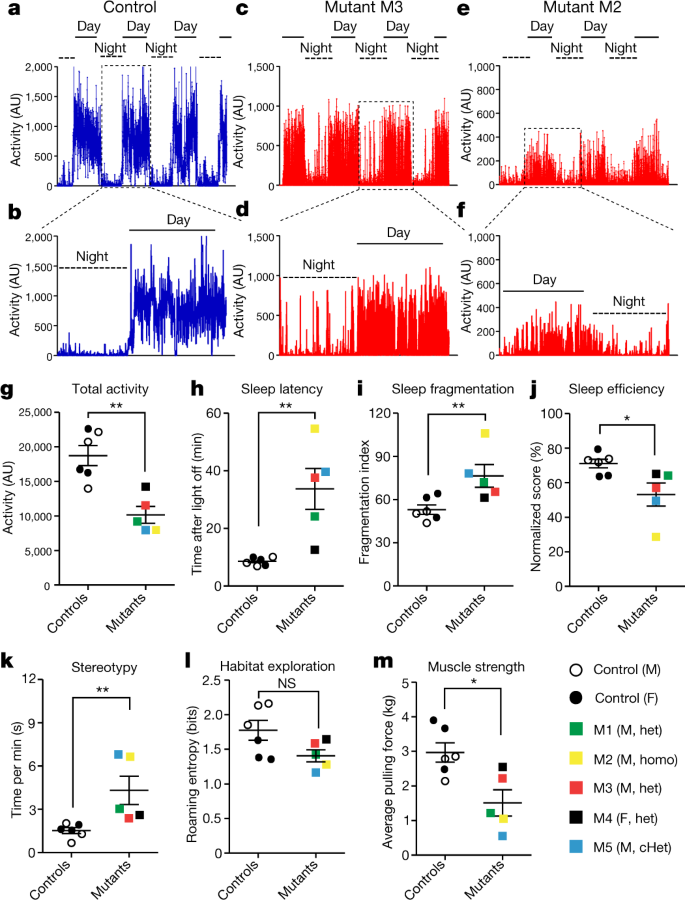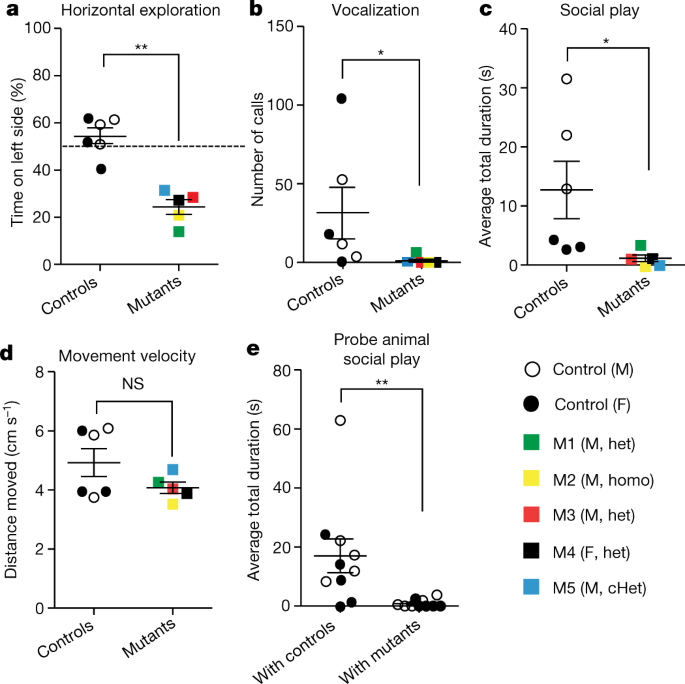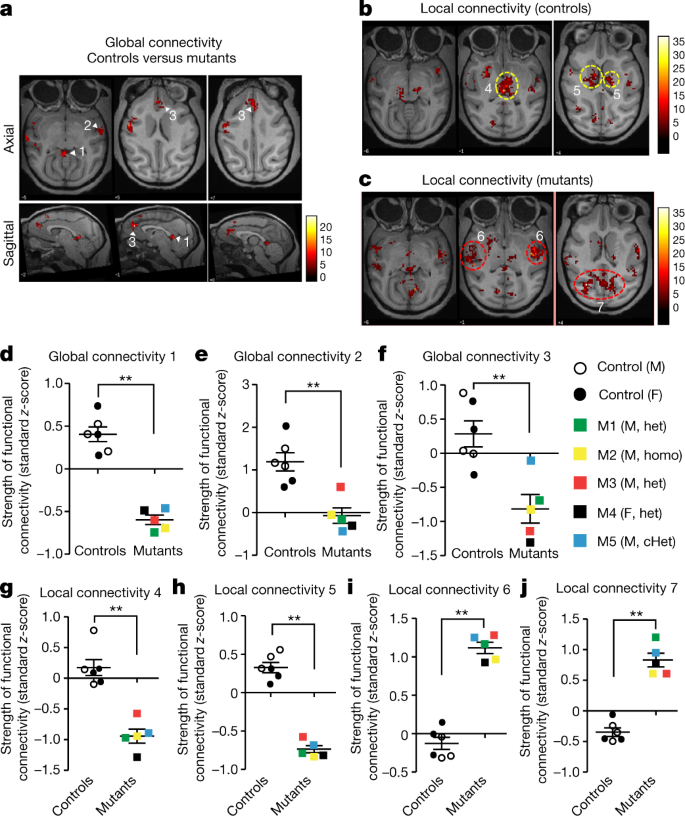Mutations or disruptions of the SHANK3 gene accounts for 1% of idiopathic forms of autism spectrum disorder and is a major cause of Phelan-McDermid syndrome. In humans, patients with a mutation of the SHANK3 gene exhibit a variety of comorbid traits, i.e. global developmental delay, severe sleep disturbances, lack of speech and/or severe language delay.
The contributors created a CRISPR–Cas9 mediated generation of germline-transmissible mutations of SHANK3 in Macaca fascicularis and their F1 offspring to be better understand the cognitive of effects of disrupting SHANK3. Prior studies use mouse models, which the researchers invoke that primate models will lead to more effective treatments.
Genotyping of somatic cells as well as brain biopsies confirmed that there were mutations in the SHANK3 gene and that there were reduced levels of the SHANK3 protein in founder and F1’s individuals. The onset phenotypes of the individuals with reduced SHANK 3 protein exhibited sleep disturbances, social and learning impairments, reduced vocalization and altered brain connectivity, as seen in the figures below.

Figure 2: Sleep disturbances and altered home-cage activity in SHANK3-mutant macaques
 Figure 3: Impaired social interaction and reduced vocalization in SHANK3 mutants
Figure 3: Impaired social interaction and reduced vocalization in SHANK3 mutants
Fig. 5: Dysregulated global and local connectivity in SHANK3-mutant macaques.
The future directions of this research may be that SHANK3 -mutant monkeys may be able to help identify circuit abnormalities and potential biomarkers for treatment in humans. This is premised on recent studies that have suggested that non-human-primates have a resting-state-default-mode network similar to humans.
06APR20
Journal Update Nature 2/5
https://www.nature.com/articles/s41586-019-1278-0

No comments:
Post a Comment